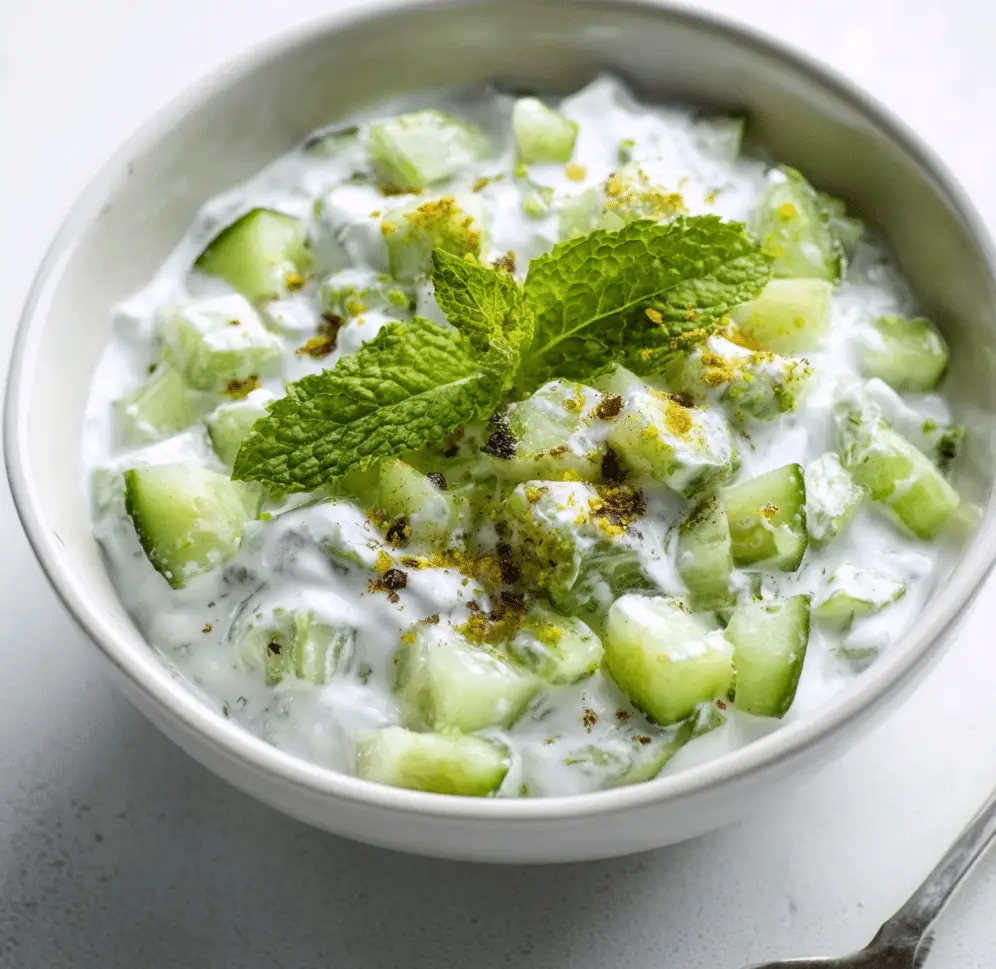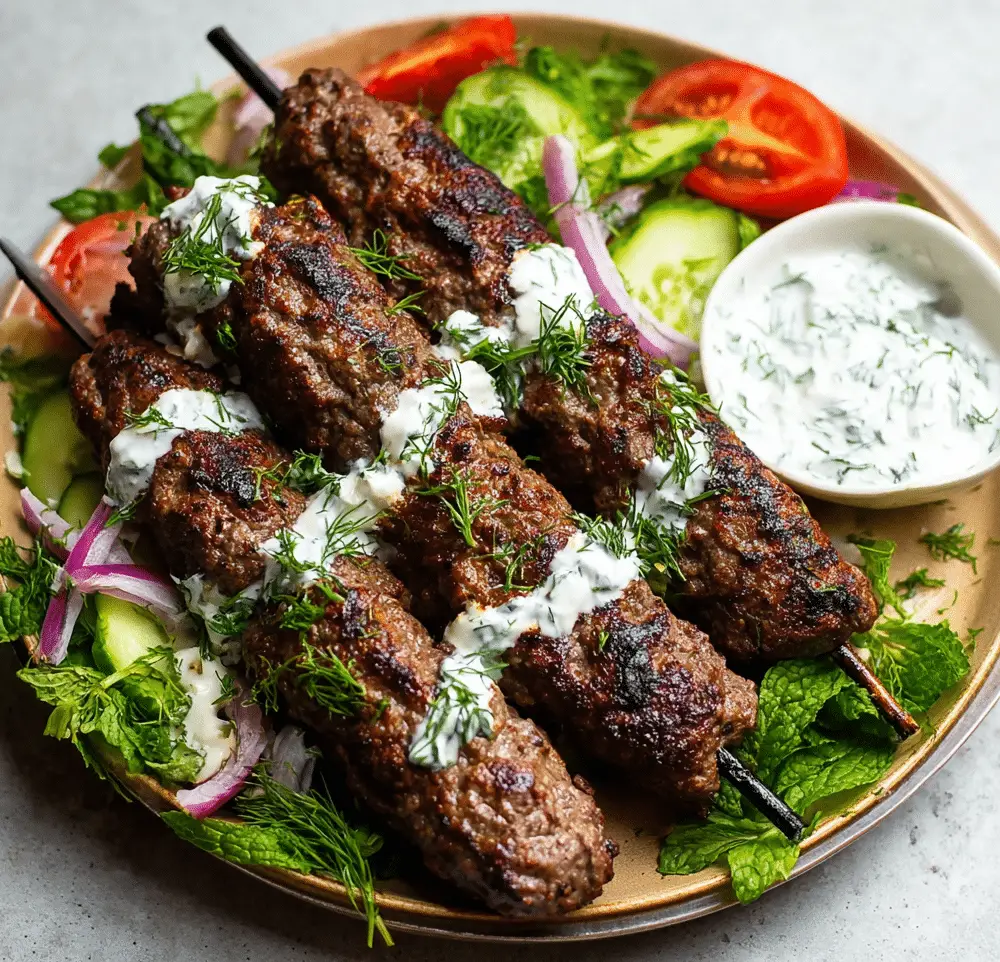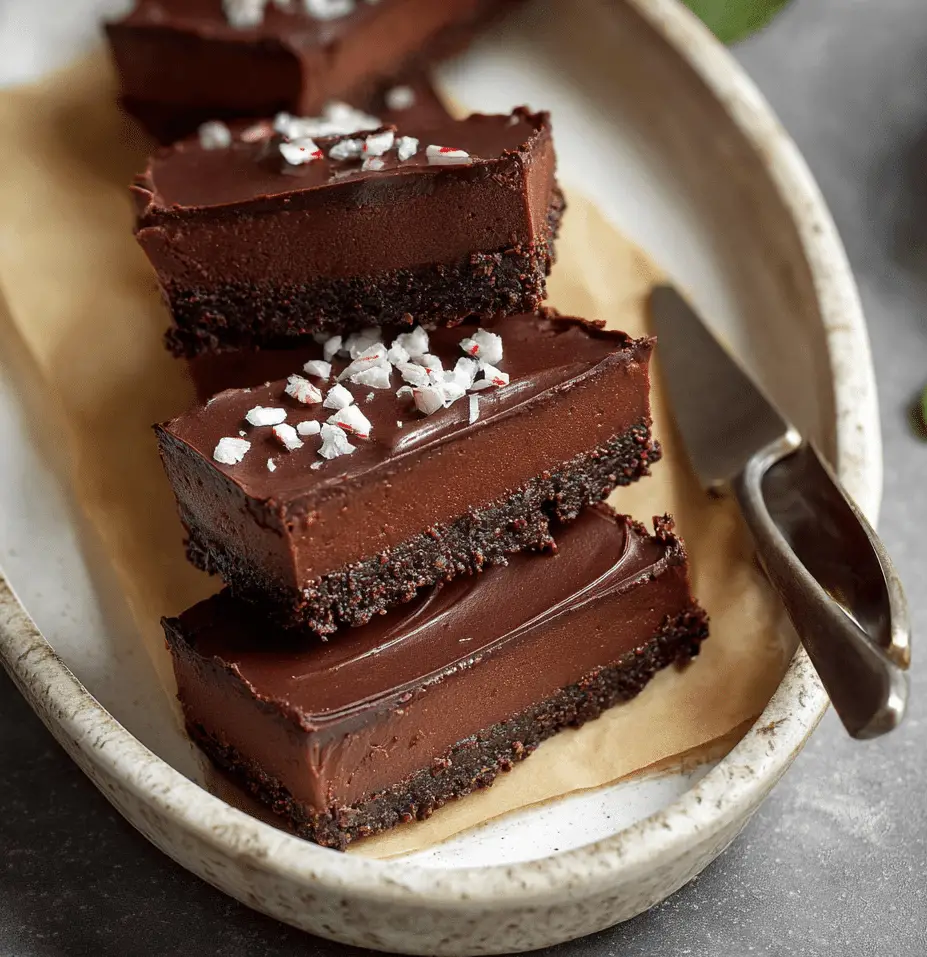This Cucumber Yogurt Salad, known as Jajik in many Middle Eastern homes, is the ultimate cooling dish that balances bold garlic with the refreshing taste of cucumber and the earthy fragrance of mint. It’s simple to make but delivers rich flavor with minimal ingredients.
Whether you serve it alongside grilled meats, scoop it with warm pita, or enjoy it on its own as a light snack, Jajik is a traditional staple that brings brightness and depth to any meal. Perfect for summer or anytime your palate craves something crisp and tangy.
Full Recipe
Ingredients:
-
1 cup plain full-fat yogurt
-
1/2 cup water (adjust for desired consistency)
-
1 large cucumber, peeled and finely diced
-
1 garlic clove, minced
-
1 tablespoon dried mint (or fresh mint, finely chopped)
-
Salt to taste
-
Optional: drizzle of olive oil for garnish
-
Optional: pinch of sumac for extra tang
Directions:
-
In a medium bowl, whisk together the yogurt and water until smooth and creamy.
-
Add in the finely diced cucumber and mix well.
-
Stir in the minced garlic and dried (or fresh) mint.
-
Season with salt to taste and mix thoroughly.
-
Let the salad chill in the fridge for at least 20 minutes before serving.
-
Before serving, optionally drizzle with a bit of olive oil and a sprinkle of sumac for garnish.
Prep Time: 10 minutes | Cooking Time: 0 minutes | Total Time: 10 minutes
Kcal: 95 kcal | Servings: 2 servings
The Origins of Jajik – A Middle Eastern Classic
Jajik, a chilled cucumber and yogurt salad, is a beloved dish with roots tracing back to various regions in the Middle East, particularly in Lebanon, Syria, Iraq, and parts of Turkey. Known by different names depending on the country—such as cacık in Turkey and mast-o-khiar in Iran—this dish transcends borders while maintaining its refreshing essence.
What makes Jajik unique is its simplicity and adaptability. In Lebanon, it is often served as part of a larger mezze spread, offering a cooling balance to grilled meats and spiced dishes. In Turkish cuisine, it might be thinned further and served as a cold soup. The basic components—plain yogurt, cucumber, garlic, and mint—are consistently found across variations, with each culture adding its own spin based on local herbs and ingredients.
Why Jajik is More Than Just a Side Dish
While it’s often classified as a side dish, Jajik holds much more culinary value. It acts as a palate cleanser, a cooling counterpart to fiery main courses, and even a dip in some meals. Its cooling properties make it a summer staple, but its benefits go beyond seasonality.
The versatility of this dish allows it to be enjoyed in various ways: spooned over rice, served with warm pita bread, or even eaten by itself as a light, probiotic-rich snack. Its minimal ingredients list and quick preparation time make it perfect for everyday meals, last-minute gatherings, and healthy snacking.
Nutritional Benefits of Jajik
One of the most appealing aspects of Jajik is how nutrient-dense it is despite being light and refreshing. Yogurt, the main component, is an excellent source of protein, calcium, and probiotics, which support gut health and boost the immune system. When using full-fat yogurt, it also provides healthy fats that are essential for vitamin absorption.
Cucumbers are hydrating and rich in fiber, vitamin K, and antioxidants, while garlic brings powerful anti-inflammatory and antimicrobial properties to the table. Mint adds not only a fresh flavor but also digestive benefits. All of this comes together in a dish that’s low in calories yet packed with health-supportive nutrients.
Cultural Significance and Occasions
Jajik is more than just a recipe—it’s a representation of hospitality and tradition. In many Middle Eastern households, meals are about much more than eating; they’re about sharing, connecting, and preserving cultural identity. A bowl of Jajik on the dinner table often signifies the start of a generous, multi-course meal filled with warmth and storytelling.
The dish is also frequently prepared during religious celebrations like Ramadan, where its refreshing qualities help break the fast in a gentle, nourishing way. It’s also commonly found in summer gatherings and weekend family lunches, making it a comforting, familiar presence in many households.
Variations Across Regions
Though the core recipe remains simple, Jajik can be customized in many ways depending on where you are or your personal preference. Some versions include a touch of lemon juice for added acidity. Others use dill or parsley instead of mint, depending on what herbs are locally available or seasonally fresh.
In Turkey, cacık is often more diluted with water, almost soup-like, and served in a bowl. Iranian versions such as mast-o-khiar might include dried rose petals, raisins, or walnuts for an elegant twist. These regional differences highlight the flexibility of Jajik, making it a beautiful example of how food adapts and evolves across cultures.
Tips for the Best Jajik Experience
To make the most flavorful and authentic Jajik, a few simple tips go a long way:
-
Use high-quality, full-fat plain yogurt for a rich texture and creamier taste. Greek yogurt can also work well, especially if you want a thicker version.
-
Always peel and finely dice or grate the cucumbers. This ensures a smooth, consistent bite in every spoonful.
-
If using dried mint, rub it between your palms before adding it to the mix to release its aroma. If using fresh mint, chop it finely for maximum flavor distribution.
-
Allow the salad to rest in the fridge for at least 20 minutes before serving. This helps the flavors meld beautifully.
-
Garnishing with a light drizzle of olive oil or a pinch of sumac not only enhances visual appeal but also adds a depth of flavor.
Pairing Suggestions
Jajik pairs wonderfully with an array of dishes, especially grilled meats like kebabs, kofta, or shawarma. It acts as a soothing counterbalance to spiced rice dishes like kabsa or biryani. You can also serve it alongside falafel, hummus, and tabbouleh for a full mezze experience.
For a lighter meal, consider pairing Jajik with roasted vegetables and warm pita or flatbread. It also works beautifully as a spread on wraps and sandwiches, adding creaminess without the need for mayonnaise or other heavier condiments.
Storing and Meal Prep
Jajik can be made ahead of time, making it an ideal option for meal prep or hosting. It stores well in an airtight container in the refrigerator for up to 3 days. In fact, the flavor tends to improve slightly after a few hours of chilling, as the garlic and mint infuse the yogurt more deeply.
However, because it contains fresh cucumber, it’s best consumed within a few days to maintain the crispness and avoid excess water release. Stir before serving if the yogurt separates slightly.
Modern Adaptations
As global cuisines merge and modern dietary preferences shift, Jajik has found its place in contemporary kitchens too. For a dairy-free version, use plant-based yogurt alternatives made from coconut or almond milk. You can also blend in avocado for a creamy, nutrient-packed twist.
For those looking to spice it up, a pinch of Aleppo pepper or a drizzle of chili oil can add a kick without overpowering the dish. Some modern takes even incorporate superfoods like chia seeds or spirulina for added health benefits, though purists may prefer to keep it traditional.
Conclusion
Jajik is a timeless recipe that celebrates balance, flavor, and simplicity. Rooted in centuries of culinary tradition, it remains relevant and loved today for its refreshing taste, nutritional benefits, and cultural significance. Whether you’re making it for a family meal, a dinner party, or just for yourself, this cucumber yogurt salad is more than just a dish—it’s an invitation to slow down, savor, and connect with a rich culinary heritage.
From its humble ingredients to its broad appeal, Jajik proves that sometimes the simplest recipes are the most powerful. Whether you’re discovering it for the first time or carrying on a family tradition, this Middle Eastern favorite is sure to become a staple in your kitchen.








